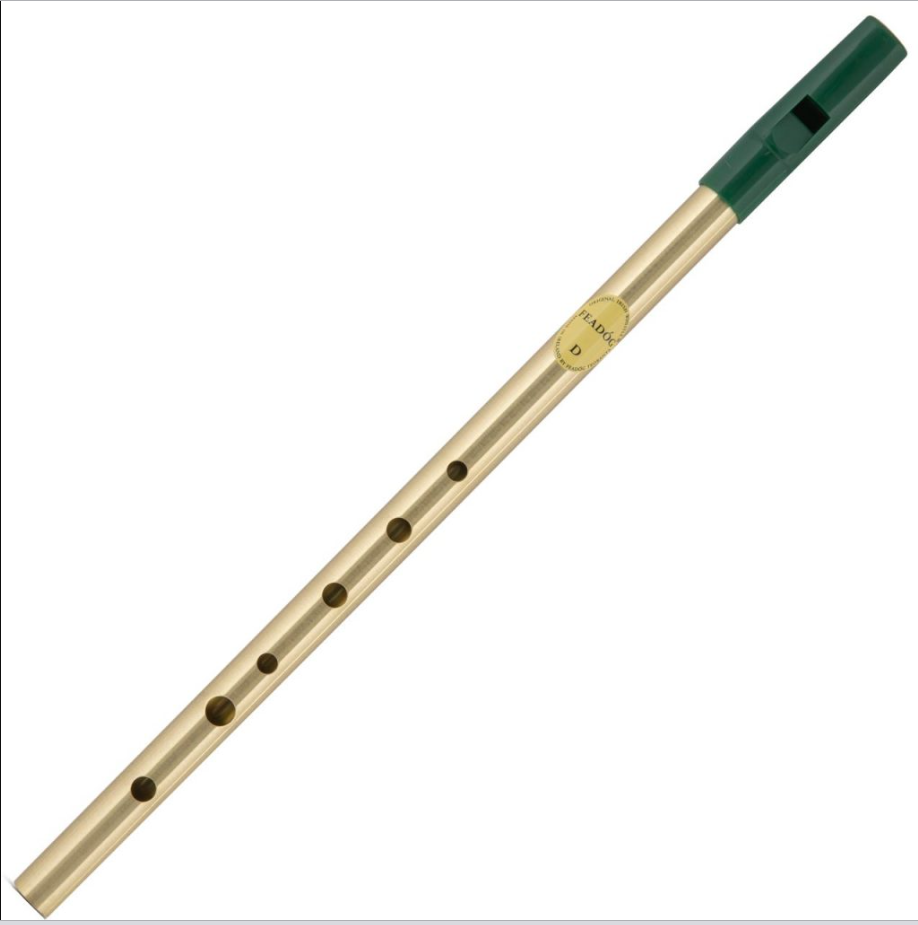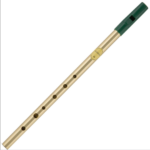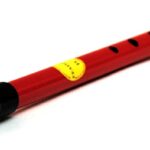If you are searching for an accessible yet cost-effective musical instrument, consider to buy a penny whistle. With such an instrument’s long tradition in folk music and their user-friendly nature – perfect for both children and adults – penny whistles make an excellent addition to any collection of musical instruments.
Penny whistles offer an enjoyable way to begin learning how to play the tin whistle, yet there are numerous considerations when purchasing one for sale.
What is a Penny Whistle?
The penny whistle (commonly referred to as the tin whistle) is an elegant six-holed woodenwind instrument commonly associated with traditional Irish music and considered a fipple flute.
Tin whistles may often be perceived negatively; however, in skilled hands they can be one of the most expressive and enjoyable instruments ever made. Playing one allows one to explore and enjoy many forms of music as it keeps one active!
To become comfortable playing in different keys, it is recommended that multiple tin whistles tuned for different keys are purchased and played together.
History
Penny whistles are one of the most beloved traditional instruments in Celtic music, due to their affordability. Over time they’ve become part of many cultural traditions.
The whistle is part of the fipple flute family, along with instruments such as flageolet (an Irish music instrument). Originally constructed of bone or clay in 17th-century Europe, modern whistles contain a mouthpiece with an attached block called fipple that serves as its fipple.
Tin whistle, also referred to as the feadog stain (Irish name), or penny whistle, first entered common usage in Ireland around 1550 but wasn’t popularized widely until 1825.
Swinden and Clarke were early producers of the tin whistle. Utilizing a hand barrow, they mass produced them and traveled extensively from Suffolk to Manchester market villages demonstrating how it was made before selling them directly to customers.
Keys
The most suitable tin whistles have keys that match the song you are playing, enabling you to easily follow along with its rhythm. This makes playing along easier than ever!
Standard whistle keys tend to be D, though there are a few brands offering whistles in keys E and F as well – this makes these whistles ideal for folk musicians or Irish traditional tune players who love playing traditional Irish melodies.
If you are just beginning to learn how to finger a whistle, reading tablature may be useful. These graphical representations illustrate all of the tone holes on the instrument and which ones need to be covered with fingers.
Materials
Penny whistles can add variety and distinction to your musical repertoire. Easy to learn and play, penny whistles offer unique sound signatures.
Traditional penny whistles have typically been constructed of either metal or tin; these materials are durable and should last many years with proper care.
Tin guitar picks are affordable and easily found at any music store, yet don’t have the same acoustic properties as other materials.
Plastic has become the material of choice these days for whistles as it stands up well to beating and doesn’t corrode easily, though this type of whistle may be difficult to keep clean and dry.
Care
A whistle should be handled carefully to prevent damage and, in many cases, can become quite dirty over time. Moisture and dirt build-up can seriously reduce its quality and sound capabilities, possibly rendering it inoperable altogether.
To protect against this, it is wise to regularly clean your whistle using a non-abrasive cloth and rinse.
Your mouthpiece requires care as well. Over time, dirt can build up on it and negatively impact its sound as well as lead to blockages or blockages that might otherwise hinder you.
For mouthpiece cleaning, simply wipe with a nonabrasive clean cloth or use a special cleaning brush. Alternatively, it can be detached and washed under warm running water with soap to ensure maximum effectiveness.





